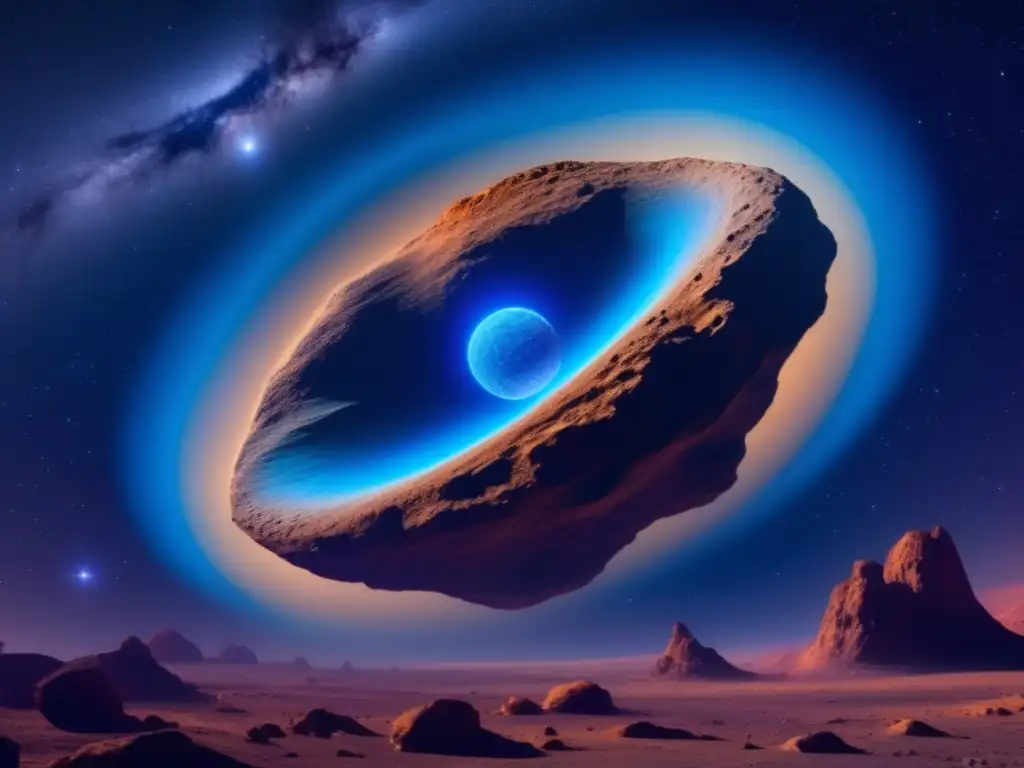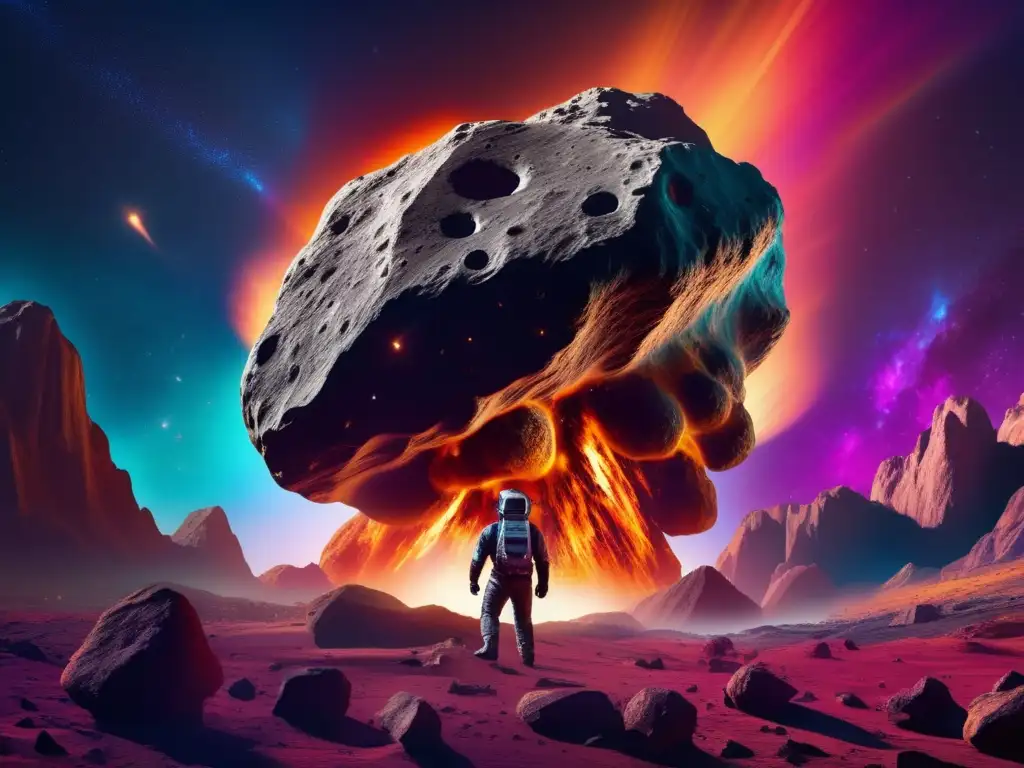Cosmic Catalysts: Could Asteroids Spark Life On Other Planets?

Introduction
Asteroids have fascinated astronomers, scientists, and space enthusiasts for decades. These celestial objects have played a crucial role in shaping our solar system, and many researchers believe that they could hold the key to understanding the origins of life in the universe. In recent years, there has been growing interest in the role asteroids could play as cosmic catalysts for the emergence of life on other planets.
The Role of Asteroids in the Origins of Life

The Building Blocks of Life
Asteroids are rich in organic compounds, such as amino acids, sugars, and nucleobases, which are essential building blocks of life. These compounds were likely present on the early Earth, but were destroyed by geological and environmental processes. However, according to the panspermia theory, these compounds could have been delivered to Earth by comets, asteroids, or meteorites, providing the necessary ingredients for the emergence of life.
The Transport of Life between Planets
Asteroids could also facilitate the transport of life between planets. When a large asteroid impacts a planet, it can eject rocks and debris into space, some of which could contain microbial life. These rocks could then travel through space and land on another planet, potentially seeding that planet with the building blocks of life.
The Protection of Life from Solar Radiation
Finally, asteroids could shield life from harmful solar radiation. Some asteroids have been found to contain significant amounts of water, which could protect living organisms from radiation and extreme temperatures. Additionally, the porous structures of some asteroids could provide shelter for microbial life, shielding it from the harsh conditions of space.
The Search for Life on Asteroids

Mission to Psyche
In 2022, NASA's Mission to Psyche will explore an asteroid thought to be made almost entirely of iron and nickel. The mission is designed to help scientists understand the composition and structure of the asteroid, as well as shed light on the history of our solar system. However, it could also provide insights into the potential role of asteroids in the origins of life.
Sample Return Missions
Several sample return missions are also planned to study the organic compounds present on asteroids. The Hayabusa2 mission, launched by the Japanese Aerospace Exploration Agency (JAXA) in 2014, is currently en route to the asteroid Ryugu. The mission is designed to collect samples from the asteroid's surface and return them to Earth in 2020 for analysis. NASA's OSIRIS-REx mission is also set to return a sample from the asteroid Bennu in 2023.
The Detection of Biosignatures
Finally, researchers are developing new techniques to search for biosignatures on asteroids. These could include the detection of amino acids, sugars, or other organic compounds that are indicative of life. The use of remote sensing techniques, such as infrared spectroscopy, could also help scientists identify the presence of water or other essential ingredients for life.
Conclusion
While there is still much to learn about the role of asteroids in the origins of life, there is growing evidence to suggest that these celestial objects could act as cosmic catalysts for the emergence of life on other planets. As we continue to explore our solar system and beyond, we may uncover new insights into the role of asteroids in shaping the universe we live in.
Frequently Asked Questions

-
Can asteroids really hold the building blocks of life?
Yes, many asteroids are rich in organic compounds that are essential for the emergence of life.
-
Is there any evidence that asteroids have seeded life on Earth?
While there is no direct evidence, the panspermia theory suggests that life on Earth could have been seeded by asteroids or other celestial objects.
-
What techniques are being used to search for life on asteroids?
Researchers are using remote sensing techniques, such as infrared spectroscopy, to search for biosignatures on asteroids. Sample return missions are also planned to study the organic compounds present on these celestial objects.
-
Could asteroids provide protection from solar radiation?
Yes, some asteroids contain significant amounts of water and other materials that could protect living organisms from radiation and extreme temperatures.
-
What is the Mission to Psyche?
The Mission to Psyche is a NASA mission that will explore an asteroid made almost entirely of iron and nickel. The mission aims to shed light on the history of our solar system and could provide insights into the role of asteroids in the origins of life.
Additional Resources

For more information on asteroids and their role in the search for extraterrestrial life, please see the following resources:
 Asteroids As Habitats: The Search For Microbial Life
Asteroids As Habitats: The Search For Microbial Life Unlocking The Secrets Of Life: The Role Of Asteroids
Unlocking The Secrets Of Life: The Role Of Asteroids The Asteroid Odyssey: From Space Rocks To Building Blocks Of Life
The Asteroid Odyssey: From Space Rocks To Building Blocks Of LifeIf you want to discover more articles similar to Cosmic Catalysts: Could Asteroids Spark Life On Other Planets?, you can visit the Asteroids and Extraterrestrial Life category.
Leave a Reply

Articulos relacionados: